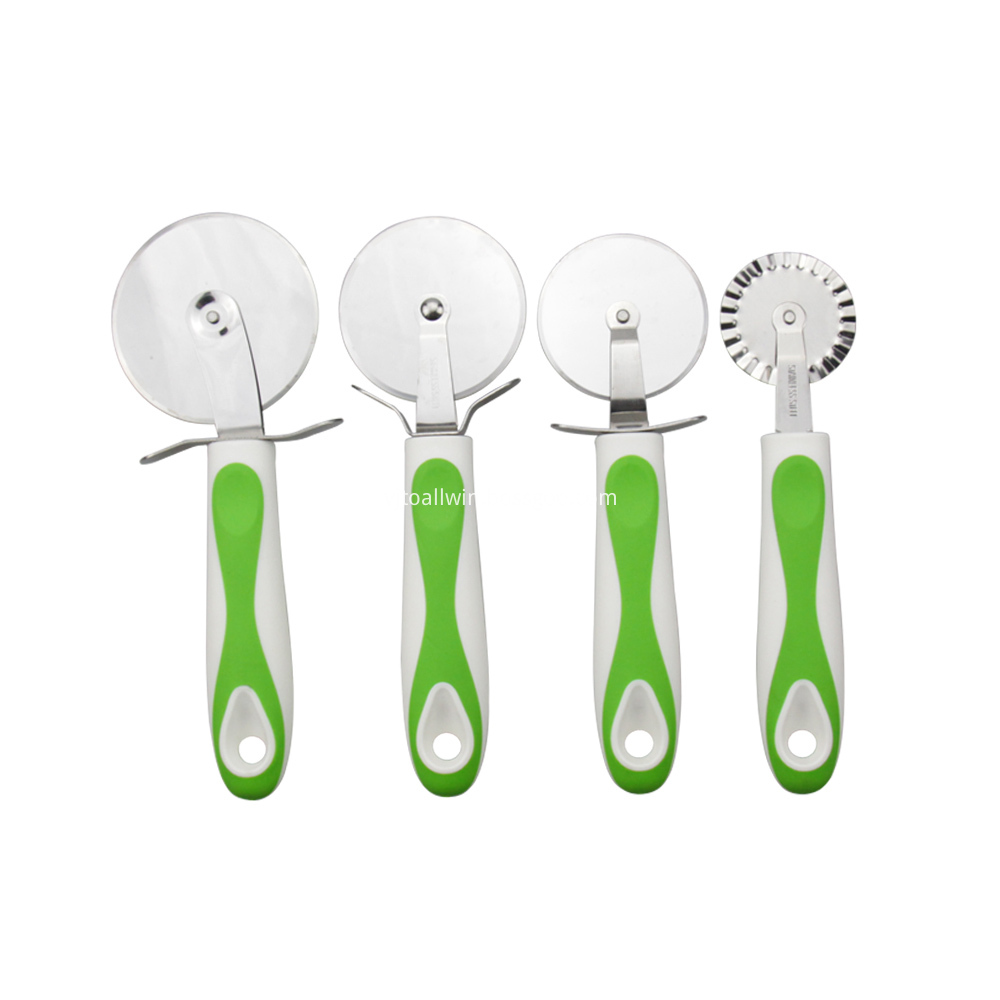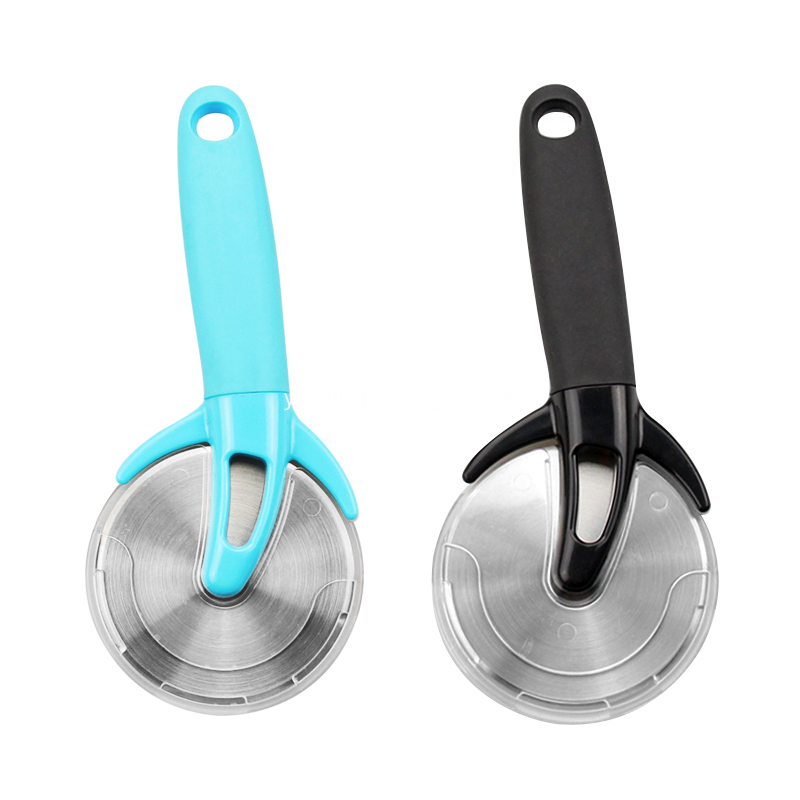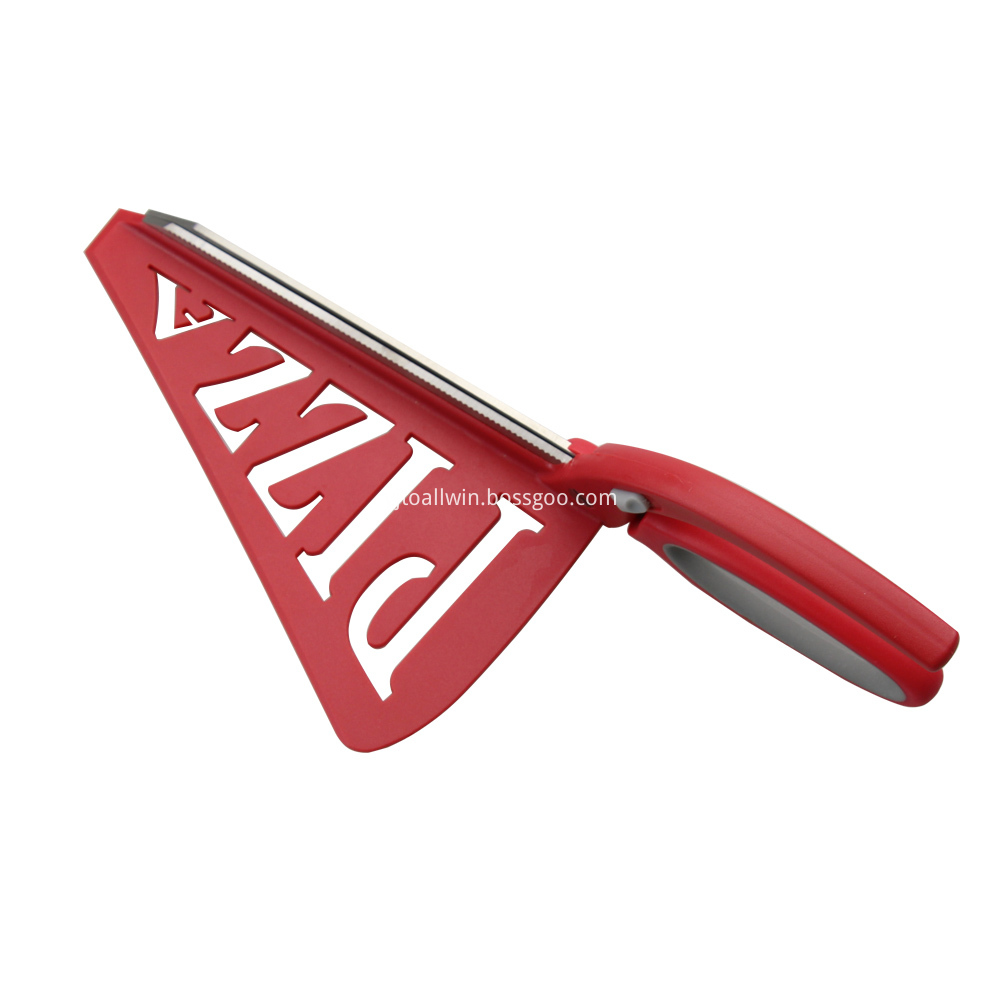Offset packaging products often have a large area of ​​ground color, requiring a thick and uniform ink color.
Ink consistency includes two aspects:
First, it refers to the consistency of the ink color of different printed sheets printed one after the other;
The second is the ink consistency of different parts of the same printed sheet.
Among them, the consistency of the ink consistency of different parts of the same printed sheet is particularly strict, and it is a key factor to evaluate the quality of the product. Offset ink layer is thin, prone to streaks, scratches on the back, dark front and back of the ink and other defects, printing a large area is not easy to achieve a thick, uniform ink effect. Want to use the offset printing process to print a large area of ​​the ground. On the one hand, a high-precision printing press is required, and on the other hand, an appropriate process method is required.
1. Try to avoid thin lines in spot color
The thickness of the ink layer of the color mesh printing is not suitable for printing a large area of ​​the background color, especially when the surface of the substrate is not smooth enough, it will give the impression that the ink is not thick enough and uneven.
Spot color printing on the ground generally needs to increase the amount of ink supply. The thicker ink layer on the layout will inevitably increase the chance of the ink spreading to the blank. Therefore, when designing the prepress, you should try to avoid having a very fine background color. Text and fine lines; if you have a small character, try to use black body, because the strokes of bold characters are thicker and not easy to paste.
2. The effect of the second overprint is better
If a layout has both black and color halftone images, then the black version must have both a large area and a halftone image, which determines that black ink cannot be printed too thick. In order to make the black background achieve a relatively thick visual effect, without adding a special black background, about 40% of the flat screen can be added to the black background of the cyan plate, as the black ink is superimposed on the cyan. The net is still black, the result is a thicker ink layer. With this method, a relatively satisfactory thickening effect can be obtained in the case where the black ink is not very thickly printed.
In addition to color images, some product layouts need to be printed with some deep spot color backgrounds, such as a red background, a dark blue background, etc. In this case, it is possible to add a flat screen printing on a color plate to the corresponding position of the background color. Make a base and then overprint it with a spot color. For example, if you print a red background, you may add a suitable number of flat screens to the corresponding positions of the red background on the magenta version; for example, if you print a dark blue background, you can add appropriate numbers to the corresponding parts of the blue background on the cyan plate. Flat net.
The advantage of overprinting a large-area underlay by two printings is that, on the one hand, the overprinted ink layer is thicker under the control of the ink layer thickness of the undertone printing plate; on the other hand, the ink skin and paper powder can be greatly reduced. , streak marks and other adverse effects on the print screen. For example, when a black background is printed on a white paper only, the effect of paper scraps, ink stains, or other reasons on the transfer of ink during the printing process will cause a very noticeable spot or blistering on the black background. If the black background is overprinted on a cyan flat screen, even if the black ink layer has blisters, because the exposed white paper base is no longer, but the cyan flat ink layer, compared with the black from strong contrast, black and blue contrast It is not so obvious.
3. Typography as far as possible to help uniform ink
Try to avoid slender blank skylights in the middle of the solid part along the direction of drum rotation. Due to the limited ink-jet capability of the printing press, the slender sunroof along the rotation direction of the printing cylinder will cause darker ink on both the upper and lower sides of the sunroof during printing, which will seriously affect the appearance of the screen. If this skylight is not within the shape of the finished product, consider making it the same field as the perimeter, or if possible, rotate the entire pattern 90 degrees. When making a printing plate of a packaged product, since often a plurality of patterns are cross-stitched together, slender spaces are often formed at the connecting places. This space should be filled with the same field as possible. Although some ink is wasted, it is beneficial to uniform ink.
The key to printing
The high precision of the printing press is a prerequisite for printing a large area of ​​background color. If the uniform solid ground color can be printed with lower printing pressure, the offset press has a higher precision. The machining accuracy of the roller bearings, transmission gears, etc., and the reliability of the clutch pressure mechanism and the ink distribution mechanism are particularly important.
1. Printing pressure
Printing in the field using a larger printing pressure, on the one hand is conducive to full contact with the printing surface, in order to obtain a thick and thick imprint; on the other hand can promote the pressure of the ink on the paper to penetrate, speed up the ink fixation drying.
2. Printing pressure stability
During the rolling process of the plate cylinder, the blanket cylinder, the blanket cylinder, and the impression cylinder, if the printing pressure changes, it will inevitably cause the ink transfer rate to change, resulting in non-uniform ink color in the field.
3. The elasticity of the blanket
After a long period of use, the rubber blanket will gradually age, and the surface of the blanket may not be fully contacted with the ink and the surface of the paper, resulting in poor ink transfer, resulting in non-uniform, non-solid and other ills.
In addition, the tighter the blanket is stretched, the more the rubber layer is thinned and the more elastic loss is. For an air-cushioned blanket, even a complete failure of the air-cushion layer is not conducive to obtaining a uniform ink color.
4. Roller liner
Improper lining of plate cylinder and squeegee cylinder will make the embossing surface have a greater slide, and the amount of slippage on the surface of the printing plate is inconsistent, resulting in an ink bar and affecting the uniformity of the ink layer in the field.
5. Printing plate
Printing full version of the field, according to the conventional printing should be a solid version of the ground, but it can also use the old printing plate full version printing, this can save production costs and improve efficiency. However, the photoreceptor resin and the blank part of the PS plate text part of the alumina on the ink adsorption and transfer ability is still slightly different, the ink on the print and the corresponding image of the old printing plate section will be compared to the old printing plate blank Some of the corresponding ink layers are slightly darker. For printing strong colors, such as dark blue, it is best to use a completely blank printing plate, or to reverse the old printing plate (front to back, back to the outside) for printing; printing weak colors, such as printing yellow and printing bright oil, due to It is difficult for the human eye to distinguish this slight difference. The old printing plate left after the last printing can be directly used.
6. Ink deployment
The ink used for printing in the field has a slightly larger fluidity than the printed screen image. The fluidity of the ink is too small to spread evenly between the ink rollers, which may cause the ink color to be deep and shallow. With greater fluidity, the ink can be quickly leveled prior to drying after it is printed on the paper, which helps increase field coverage to achieve uniform, thick ink. The poorer the paper, the more it is necessary to improve the flow of the ink when printing in the field.
The adjustment of the fluidity of the ink is mainly to adjust the viscosity of the ink. Generally adding a low viscosity No. 6 varnish to dilute the ink, but also strictly control the amount. Because the viscosity is too low, the ink is easily emulsified.
When printing coated paper, it is necessary to add a small amount of desiccant or releasant to the ink in order to prevent back-scratching.
7. Ink transfer of ink roller
The ink roller will become smooth due to aging or improper cleaning, and the ability to absorb and transfer ink will be reduced. In particular, the ink roller, if it can not absorb enough ink, the first transfer of ink after it comes into contact with the printing plate graphic, due to the small amount of ink stored, the image dark on the plate and the field has sucked the ink on its surface. For the most part, the ink fountain roller cannot be immediately replenished with sufficient amount of ink. Therefore, when the ink is transferred in the second pass, the dark-tone portion of the image or the ink obtained in the field is much less than the first rotation. Although there are four ink rollers to transmit ink, darkness and fading before the ink will still appear. Therefore, the ink roller, especially the first two ink rollers, must use the roller with good surface ink transmission performance.
8. Ink roller pressure regulation
The pressure between the ink roller and the ink roller, the ink roller and the plate must be adjusted properly. The pressure is too low, poor ink transfer, especially the contact pressure between the ink roller and the ink roller is too light, so that the ink roller will not get enough ink, and the light and heavy weight will appear before the ink on the plate surface; Accelerated aging of the ink roller, especially if the pressure between the ink roller and the printing plate is too large, an impact jump will occur at the mouth and an ink bar will appear. The pressure between the same ink roller and the ink roller is slightly smaller than the contact pressure between the ink roller and the ink roller. This is to ensure that the ink roller can follow the pressure when the surface speed of the ink roller is not consistent with the surface speed of the printing plate. One side of the plate, ie, one side of the plate, operates synchronously, so that the ink roller and the surface of the plate do not slide as much as possible.
9. Water roller pressure regulation
If the pressure between the water roller and the water roller, between the water roller and the printing plate is too small or too large, poor water transfer may be caused, and the layout may be dirty. The pressure between the water roller and the printing plate is too high, and the pressure between the water roller and the water roller is too large, which may cause white bars.
10. Ink roller adjustment
In order to achieve the best ink-sharing effect, the axial traverse amount of the serigraph roller is generally at the position of the maximum traversing amount. At this position, it is also beneficial for the operator to quickly adjust the axial ink amount of the layout evenly. In some printers, the ink roller can also be rotated after being adjusted. In order to achieve a better ink-sharing effect, the ink roller can be used for proper swaying. By adjusting the starting point of the string ink roller, the circumferential distribution of the ink can be changed. It is difficult to determine which position of the step is necessarily the best starting position. Generally, it is only possible to determine a position that is most favorable to uniform ink by gradually adjusting the starting position of the string.
11. Control the effect of emulsification on ink
When the ground color is printed, the amount of water consumed by emulsification is large and the amount of water supplied is large. real



Pizza Cutter
Pizza Cutter,Stainless Steel Pizza Scissors,Plastic Pizza Cutter,Stainless Steel Pizza Wheel
YANGJIANG TOALLWIN TRADING CO., LTD , http://www.kitchenknife.de